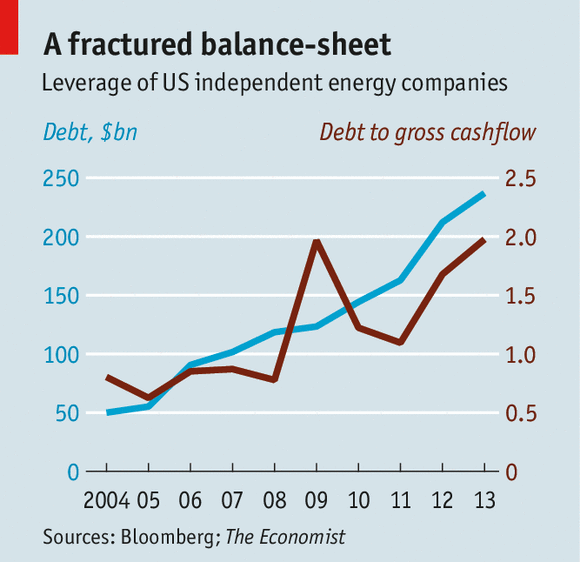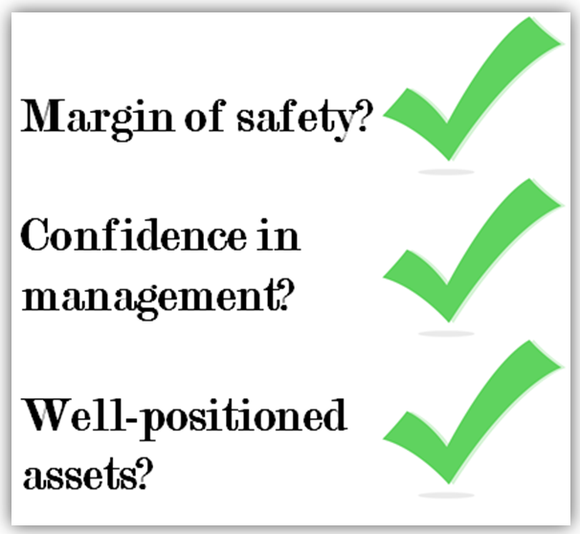Printable Version Analyzing a Balance Sheet Investing Lesson 3
Post on: 7 Июль, 2015 No Comment

Introduction
How many times have you flipped to the back of a company’s annual report and found yourself blankly staring at the pages of numbers and tables? You know that these should be important to your investing decision, but you’re not quite sure what they mean or where to begin.
In Lesson 3, we’re going to take our first major step towards changing that. Smart investors have always known that financial statements are the keys to every company. They can warn of potential problems, and when used correctly, help determine what a business is really worth. An investor who understands financial statements will never have to ask is this company a good investment?.
For every business, there are three important financial statements you must look at; the Balance Sheet, the Income Statement, and the Cash Flow Statement. The balance sheet tells investors how much money the company has, how much it owes, and what is left for the stockholders. The cash flow statement is like a business’ checking account; it shows you where the money is spent. The income statement is a record of the company’s profitability. It tells you how much money a corporation made (or lost).
In this lesson, we are going to learn to analyze a balance sheet. There are two segments: in the first, we will go through a typical balance sheet and explain what each of the items means. In the second, we will actually look at the balance sheets of several American corporations and perform basic financial calculations on them.
Grab a cup of coffee, a nearby calculator and let’s begin!
How to Get a Copy of a Company’s Balance Sheet
Since you can’t do your analysis without a balance sheet, you’re going to have to get your hands on one. How do you get a company’s financial statements? Generally, you should look in one of three places.
1.) The Annual Report. The annual report is a document released by companies at the end of their fiscal year which includes almost everything an investor needs to know about the business. It generally contains pictures of facilities, branch offices, employees, and products [all of which are completely unimportant to making your investing decision.] They are normally followed by a letter from the CEO and other senior management which discusses the past as well as upcoming year. Tucked away in the back of most annual reports is a collection of financial documents. Most of the time you can go onto a company’s website and find the Investor Relations link. From there, you should be able to either download the annual report in PDF form or find information on how to contact shareholder services and request a copy in the mail.
2.) The 10K. This is a document filed with the SEC which contains a detailed explanation of a business. It is reported annually and contains the same financial statements the annual report does, in a more detailed form. The benefit of the 10K is that it allows you to find out additional information such as the amount of stock options awarded to executives at the company, as well as a more in-depth discussion of the nature of the business and marketplace. Sometimes you will find that a company has no financial statements in the 10K, but instead has written, incorporated herein by reference This means that the financial statements can be found elsewhere [such as in the annual report or another publication]. Even if this is the case, it is still worth it to get a copy. You can find this by contacting the company, visiting their website, or going to FreeEdgar (freeedgar.com) or SEC.gov.
3.) The 10q. The is similar to the 10k, but is filed quarterly [four times a year — normally the end of January, June, September, and December]. If the company is planning on changing its dividend policy, or something equally as important, they may bury it in the 10q. These documents are critical and can be obtained in the same way as the annual report and 10k.
finance.yahoo.com — type in the ticker symbol of the company you want to research and then click the financials link. This will bring up a copy of the latest quarterly financial statements. (For all good purposes, I would recommend you first analyze the annual balance sheet, which can be found by clicking annual data in the upper right hand corner.) Another excellent source of financial statements is The Street. As always, it is best to get the information directly from the company.
What is a Balance Sheet?
Pretend that you are going to apply for a loan to put a swimming pool into your backyard. You go to the bank asking to borrow money, and the banker insists that you give him a list of your current finances. After going home and looking over your statements, you pull out a blank sheet of paper and write down everything you have that is of value [your checking and savings account, mutual funds, house, and cars]. Then, at the bottom of the sheet your write down all of your debt [the mortgage, car payments, and your student loan]. You subtract everything you owe by all the stuff you have and come up with your net worth.
Congratulations, you just created a balance sheet.
Just as the bank asked you to put together a balance sheet to evaluate your credit-worthiness, the government requires companies to put them together several times a year for their shareholders. This allows current and potential investors to get a snapshot of a company’s finances. Among other things, the balance sheet will show you the value of the stuff the company owns [right down to the telephones sitting on the desk of their employees], the amount of debt, how much inventory is in the corporate warehouse, and how much money the business has to work with in the short term. It is generally the first report you want to look at when valuing a company.
Before you can analyze a balance sheet, you have to know how it is set-up.

Note: Unlike other financial statements, the balance sheet cannot cover a range of dates. In other words, it may be good as of December 31, 2002, but can’t cover from December 1 — December 31. This is because a balance sheet lists items such as cash on hand and inventory, which change daily.
Assets, Liabilities and Shareholder Equity
Every balance sheet is divided into three main parts — assets, liabilities, and shareholder equity.
Assets are anything that have value. Your house, car, checking account, and the antique china set your grandma gave you are all assets. Companies figure up the dollar value of everything they own and put it under the asset side of the balance sheet.
Liabilities are the opposite of assets. They are anything that costs a company money. Liabilities include monthly rent payments, utility bills, the mortgage on the building, corporate credit card debt, and any bonds the company has issued.
Shareholder equity is the difference between assets and liability; it tells you the book value, or what is left for the stockholders after all the debt has been paid.
Every balance sheet must balance. The total value of all assets must be equal to the combined value of the all liabilities and shareholder equity (i.e. if a lemonade stand had $10 in assets and $3 in liabilities, the shareholder equity would be $7. The assets are $10, the liabilities + shareholder equity = $10 [$3 + $7]).
What Does a Balance Sheet Look Like?
Below is an example of what a typical balance sheet looks like.














